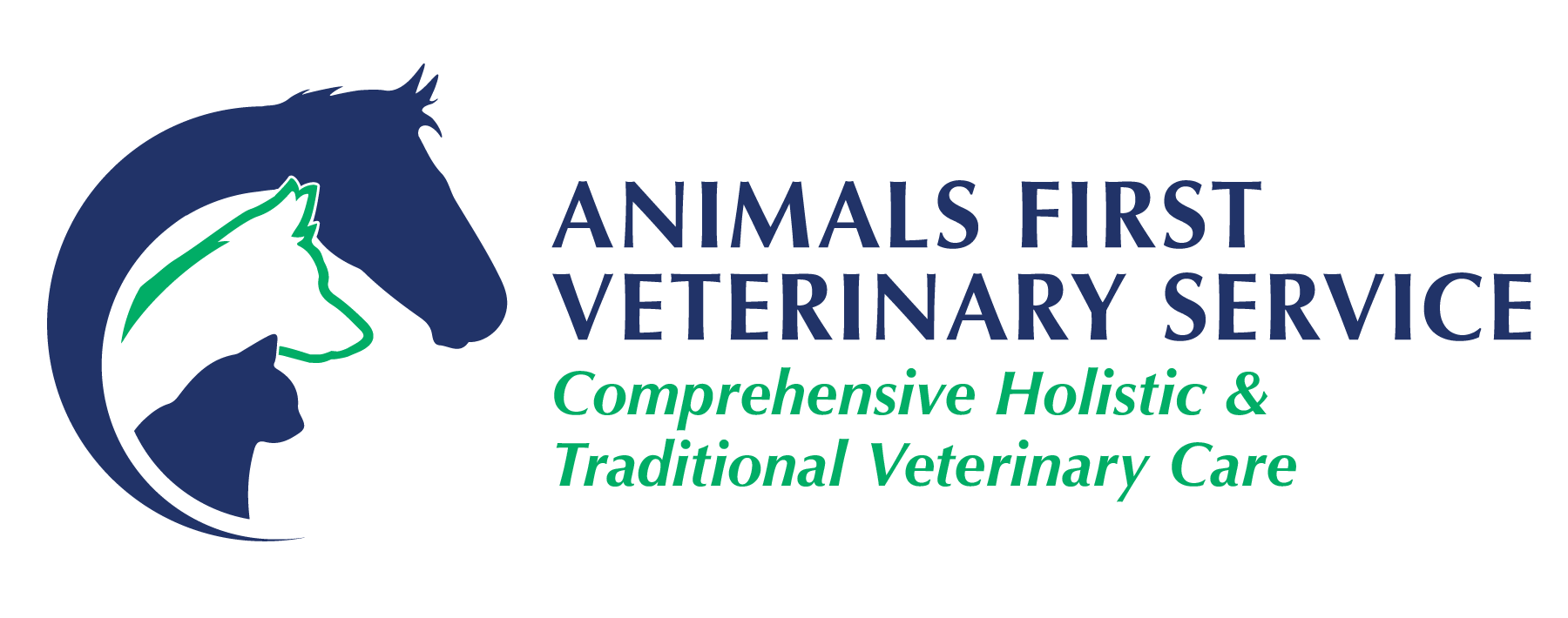Homeopathy Consults At Animals First Veterinary Service
The use of Homeopathy entails getting to know the patient in great detail. During your homeopathic intake, Dr. Blankenship will ask many questions about your animal which will help her to determine which remedy is appropriate to help the issues that are of concern to you. Often times we will need to know about behaviors or past health problems in order to match the correct remedy to the patient. The homeopathic intake process takes approximately one hour in most cases. After the entire case is discussed, and the patient is examined (if possible in cases of in office or house call visits), Dr. Blankenship will spend a few days reviewing the information, and performing the homeopathic work up.
The homeopathic work up involves categorizing the symptoms into rubrics. Rubrics are specific ways of translating the symptom as it was described by the client. Once the rubrics are all determined, they are either inputted into a homeopathic software called Radar, or analyzed by hand using one or more books called Repertories. The most common repertories used are written by James Tyler Kent (1849-1943), and Boger Boenninghausen (1861-1935).
Each symptom listed in the repertory has several remedies listed after it. Each of these remedies are possibilities for the appropriate remedy. When several symptoms are listed, it becomes closer to obvious which remedy matches the patient, and an exclusion analysis is performed.
The entirety of this process takes 1-4 hours.
In most case work ups, more than one remedy will appear as appropriate. There is, however one true remedy that needs to be found. To narrow the search, the next book to consult is the Materia Medica. There are several Materia Medicas and often more than one of these is consulted. In a Materia Medica, all possible remedies are listed as chapters with pages of symptoms following each remedy to help to narrow the possibilities. This final consultation most often results in the appropriate remedy needed in the case.
At this time, with the remedy chosen, it is time to determine the strength of remedy to be used in the patient. In chronic cases, it has been Dr. Blankenship’s experience that using a LM potency is often the most appropriate. This potency is defined by the dilution of the original substance. LM1 potency means that the original substance is diluted 1:50,000. This potency is meant to be used daily. Other potencies which can be used include 30c (original substance diluted 1:100 – 30 times), 200c, or 1M (1:1000). These potencies are used 1-3 times and then a waiting period is started, often up to one month to determine effectiveness.
After the remedy administration, the most important part of the process of healing in is communication with Dr. Blankenship on progress. Sending a text or email daily or calling with updates as frequently as possible is the best way to communicate with the doctor regarding changes, improvements, and any other concern about the patient. Homeopathy as a holistic modality – addresses the entire patient. If the patient is being treated for a behavior problem and suddenly has diarrhea, this is important information for the remedy. Letting us know these changes will help us manage the remedy and patient most effectively.
The original cost of the intake and work up includes the first remedy. Remedies needed after this first remedy are $20-$40 each depending on the potency.
